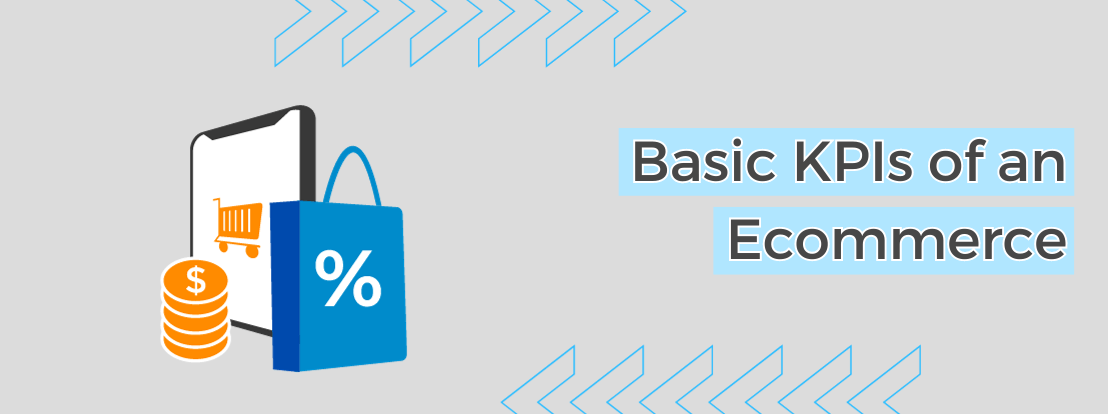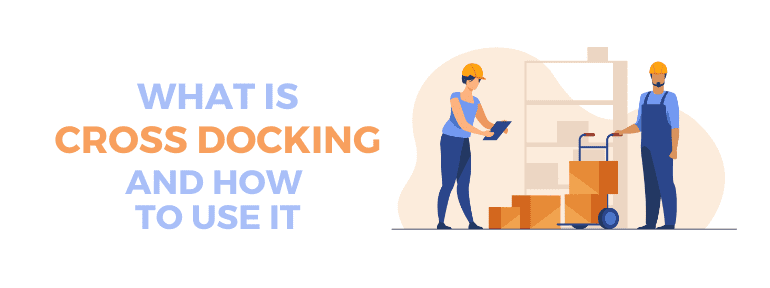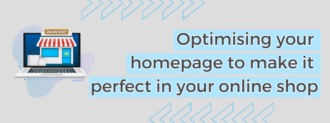What good are the strategies implemented in your online store if you don’t analyze them afterwards? KPIs for ecommerce will help you make a diagnosis of important elements in the performance of your online commerce.
If you do not know what is the performance of your digital business and what actions are not giving results, it will be impossible to achieve success and keep you running in such a competitive market.
For this, it is essential to know what you are doing well and also what is having negative results for your company. In this way, you will be able to correct mistakes and implement new strategies that will allow you to achieve better performance.
With the help of the web KPIs for your ecommerce that we tell you about in this post, you will be able to achieve your goals. But let’s start at the beginning.
Table of contents
What are ecommerce KPIs?

In general, KPIs ( Key Performance Indicators) are tools to measure and diagnose certain strategies and actions, in this case in your ecommerce.
Up to this point, you probably thought that these key indicators are simple metrics to count the number of subscribers or followers on social networks, but in reality it is much more than that.
A KPI in ecommerce is a metric, but with a well-defined objective. This is the main difference between the two concepts. Performance indicators will help you measure and control each stage of the buying process, while metrics only give you a global view of a given element.
Thus, an ecommerce KPI should have the following characteristics:
- Specificity: It must indicate what is to be measured, as well as when, where and how it will be done.
- Measurable: The unit to be analyzed must be quantitative and not qualitative.
- Practical: You must take into account the choice of the right indicators with which you can achieve the objectives set.
- Suitable: You will probably find similar metrics, but it is very important to choose the right one for each goal.
- Time-limited: You cannot spend your whole life waiting for results, so you must measure performance within a certain period.
What are the types of KPIs?
To understand these indicators in depth, it is necessary to know the different types of KPIs that exist and what are the characteristics of each one. This way, you will know which ones you should analyze in each area of your digital business.
Sales KPIs:
This is one of the most important departments for your ecommerce since this is where you get to generate revenue. In this sense, there are many important key indicators to analyze the performance of your sales.
The number of abandoned carts, the average purchase value of users, conversions, among other parameters will help you know what the actual sales performance of your ecommerce is.
Logistics KPIs:
With these you can measure the level of organization and integration that the different areas of your ecommerce have. A proper optimization of the resources you have in your online store is the key to achieve the best performance.
Digital marketing KPIs:
They are responsible for the diagnosis of all the marketing strategies that we carry out to give greater visibility and reach to our online store. In this sense, it is important to know the impact of social media campaigns or search engine advertising, among other marketing actions.
The 5 basic ecommerce KPIs
Now that you are an expert in relation to the key KPI indicators, it is time for you to know which are the most important elements to take into account to analyze the performance of your ecommerce.
Website traffic
The number of visits your online store receives is a key indicator to know what is the real reach of the website.
However, the final number is not the most important thing in the whole diagnosis; you should also pay attention to which are the most visited pages, the times, where they come from, among other significant factors.
Another key kpi indicator that should be analyzed within the traffic is the average time of visit. This will tell you how relevant are the contents, products or services you show in your online store.
For its part, the bounce rate has to do with the number of times users leave the home page without taking any action in your ecommerce.
In this sense, the user experience is also important, but you must also take into account the calls to action that you have at the beginning of your store.
And finally, in this metric it is important to mention the key factor of new and returning visitors. In this way you can discover the level of user loyalty and if you are managing to attract new people interested in your ecommerce.

Conversions
To calculate the conversion rate you only need to divide the number of sales by the number of visits received in a given period. This is undoubtedly one of the basic KPIs for ecommerce and one of the most important to know exactly how your sales process is performing.
There are other elements that influence conversions and that may be determining their behavior. The user experience, interface, usability of your online store is one of the most important.
On the other hand, it is important to know the type of traffic you bring to analyze what their interests are, in which channels they move. This way you can find out if this is your target audience or you should focus your strategies to a different audience.
Within conversions there are two important kpis to take into account:
Average purchase value
This metric can be calculated by dividing the total number of purchases by the number of buyers in a defined period. This indicates the profitability of the online store.
Abandoned carts
The number of abandoned carts will indicate what is going wrong in one of the final stages of the buying process. Analyze with which products more abandonments occur, if your prices are competitive or if the shipping costs are adequate.
Social Media Strategies
This section includes important kpis that you need to analyze to measure the effectiveness of your social media marketing campaigns.
How to measure them?
By analyzing the traffic coming from Twitter, LinkedIn, Facebook, Instagram and other platforms. Measuring the number of followers and interactions on each of these profiles can also be beneficial for your online store.
Examples of ecommerce kpis
The ones explained above are not the only key metrics you can measure, but there are a lot of important factors that influence the performance of your ecommerce. You just have to measure the right ones according to the objectives previously outlined.
Among the examples of ecommerce KPIs we recommend you to analyze:
- Sales per day.
- Blog traffic.
- Comments on posts.
- Number of newsletter subscriptions.
- Emails opened and clicks on them.
- Number of forms completed.
- Cost per Lead (What an advertiser pays for each qualified user).
These are just some of the metrics you can measure in your ecommerce to analyze its performance. As you can see, there are a lot of them, so you should carefully evaluate which are the important kpis that you are really interested in analyzing at any given moment.
Conclusion
The basic KPIs of an ecommerce or its key indicators are a fundamental part of the operation of your online store. If you do not analyze your performance, you will never know where you are doing your job well and where you are failing.
Therefore, all these factors are essential to analyze in order to achieve the goals set for your business.
What are the most important sol kpis in your ecommerce? Tell us about your experience in your online store.
Related Posts










Deja un comentario